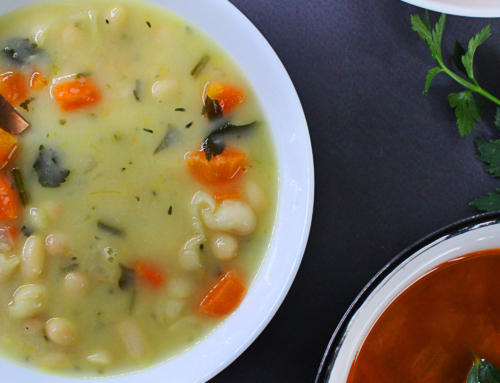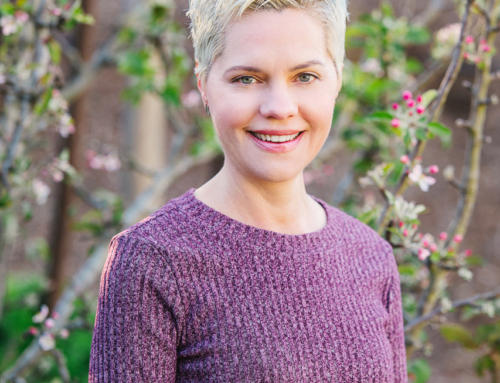I will admit it here and now…I am a bibliophile. Webster’s definition of a bibliophile is “a person who loves or collects books.” This love started when I was about 6 years old and my brothers and I exchanged books at Christmas. The name of the book I received that year was, The Big Jump by Benjamin Elkin and illustrated by Katherine Evans. The Big Jump still has a special place on my bookshelf.
Our small town of Crows Landing, CA. did not even have a library, however the bookmobile came once a week to our elementary school. During the summer I would ride my bike down to the school and wait with all the other “bibliophiles” for the bookmobile to arrive. I would fill my bike basket to the brim with books for the ride home, where I would sit and read for hours.
Fast forward twenty years from my “bookmobile days” to when I started reading to my children. In fact I started reading to them when they were just two months old. I’m relieved and happy to say that both my son and daughter have grown up to be just like me…book lovers!
In my opinion, in this digital age of e-books it’s nice to sit down with a child and an old fashion paper book. Don’t get me wrong, I use eBooks, especially when I travel, they save space in my luggage. However, there’s is nothing like the feel of turning a page of paper. There is no better feeling then when I sit with a child on my lap who is engrossed in a story, begging for the outcome.
The benefits of reading to your children might seem obvious, however here are ten condensed reasons you should read to your children from the website earlymoments.com.
- A stronger relationship with you
- Academic excellence
- Basic speech skills
- The basics of how to read a book
- Better communications skill
- Mastery of language
- More logical thinking skills
- Acclamation to new experiences
- Enhanced concentration and discipline
- The knowledge that reading is fun.
I’d like to share three bean themes books with you.
The first book, One Bean was written by Anne Rockwell and illustrated by Megan Halsey.The  book can serve as a child’s first science bookand recommended for children from 3-6 years of age. This charmingly illustrated booktakes a child through the growth cycle from planting to harvest. What a wonderful way forchildren to learn about plants, observation and nurturing!
book can serve as a child’s first science bookand recommended for children from 3-6 years of age. This charmingly illustrated booktakes a child through the growth cycle from planting to harvest. What a wonderful way forchildren to learn about plants, observation and nurturing!
A Bad Case of the Stripes by David Shannon is recommended for children ages Kindergarten through 3rd grade. Poor little Camilla loves Lima beans, but she also wants to fit in with the crowd and doesn’t want to be weird, so she doesn’t admit to loving beans and she breaks out in a bad case of the stripes, as a result. Great moral story of independence and peer pressure. Find out what happens when she finally admits to loving Lima beans!
Jack and the Beanstalk is an old English tale that was first put in print in the mid 1700’s.  Shakespeare used Fie, foh, and fum I smell the blood of a British man, in the play King Lear, taken from Fee! Fie! Foe! Fum! I smell the blood of an Englishman in Jack and the Beanstalk. There are several versions of Jack and the Beanstalk. However, this wonderfully illustrated children’s book by Gavin Scott paints Jack as a thief and a not so nice little boy. There are other versions where the giant is more of a villain and seems to deserve his demise…but not so much this one!
Shakespeare used Fie, foh, and fum I smell the blood of a British man, in the play King Lear, taken from Fee! Fie! Foe! Fum! I smell the blood of an Englishman in Jack and the Beanstalk. There are several versions of Jack and the Beanstalk. However, this wonderfully illustrated children’s book by Gavin Scott paints Jack as a thief and a not so nice little boy. There are other versions where the giant is more of a villain and seems to deserve his demise…but not so much this one!
Please read to your children, grandchildren, nieces and nephews, friend’s kids or volunteer at your local elementary school!
Enjoy!
Marilyn







